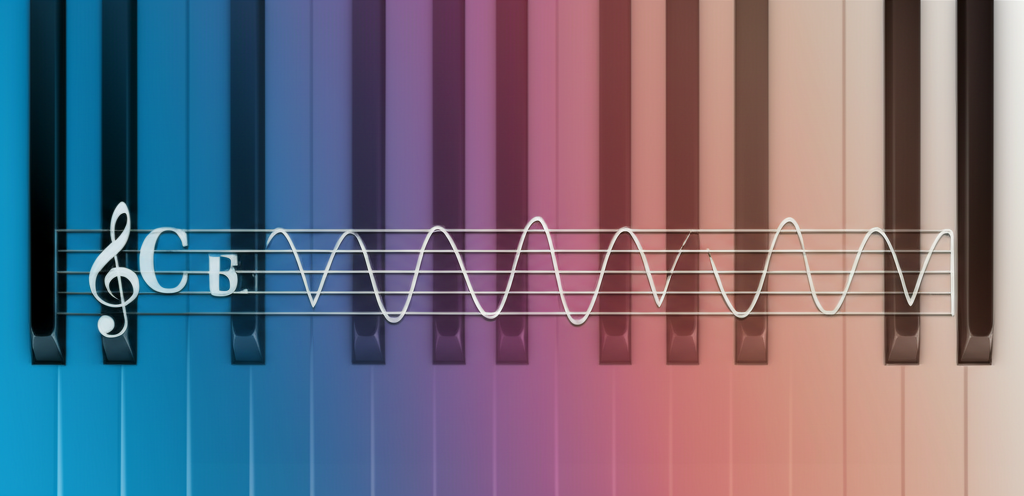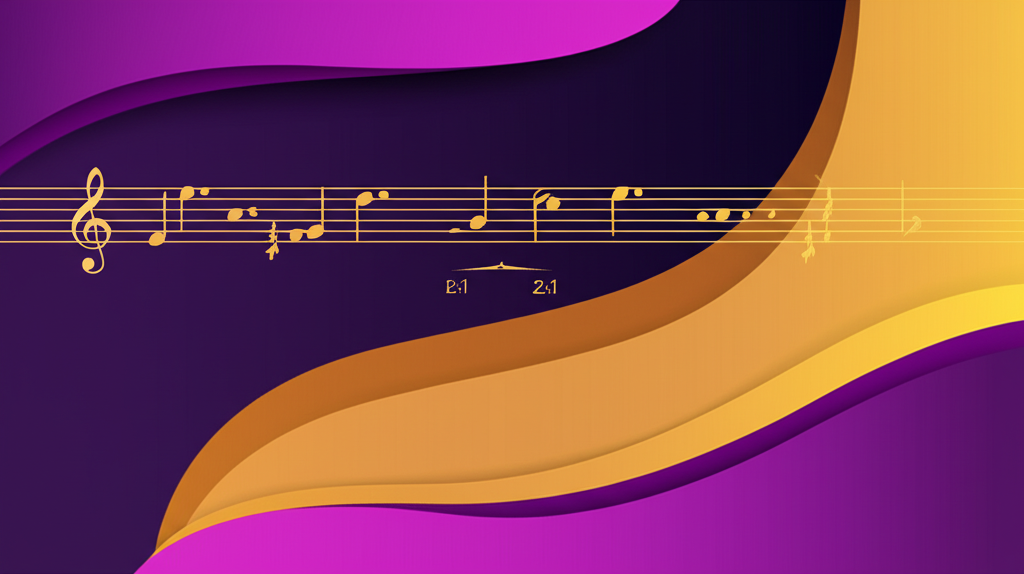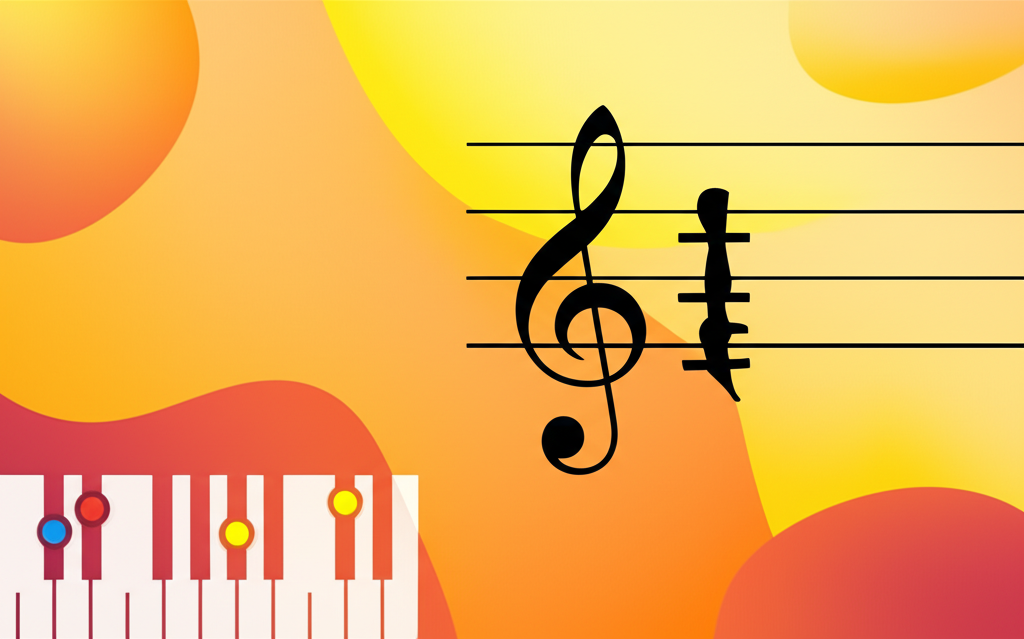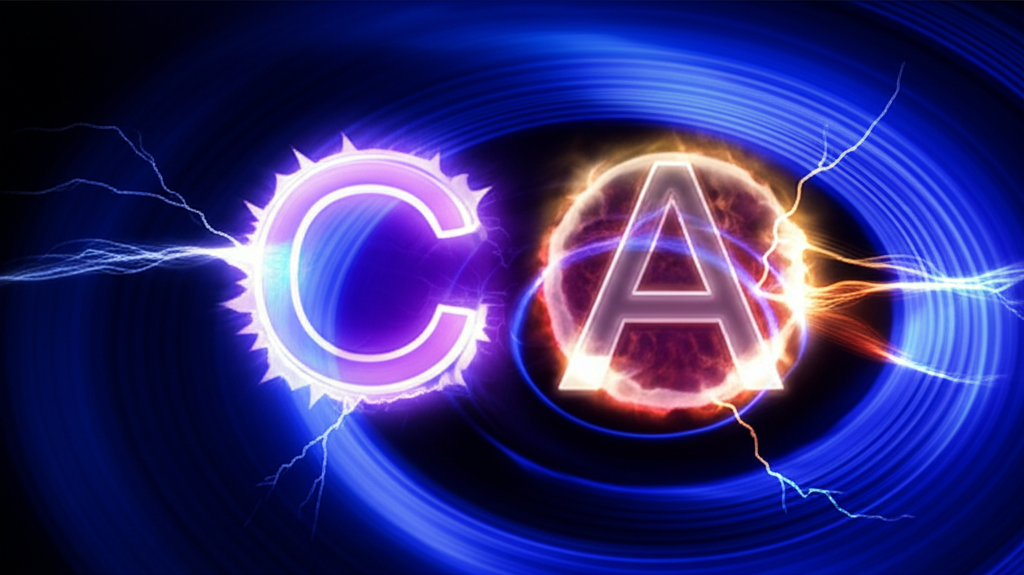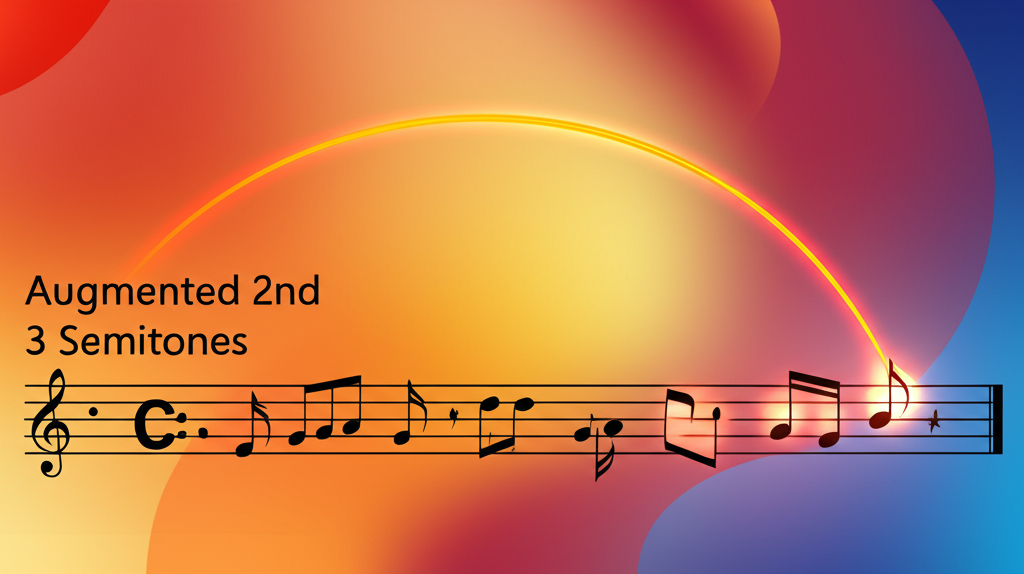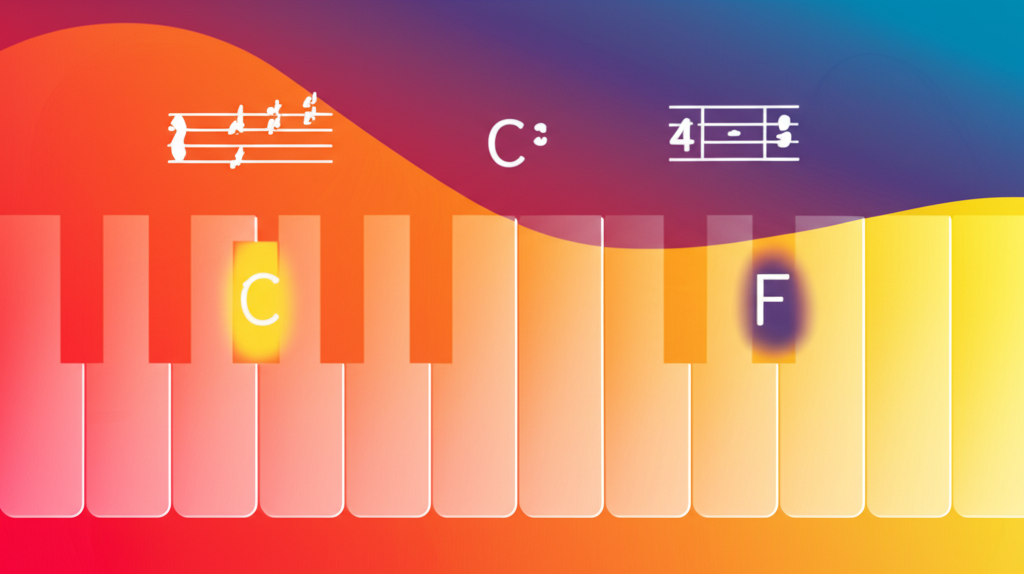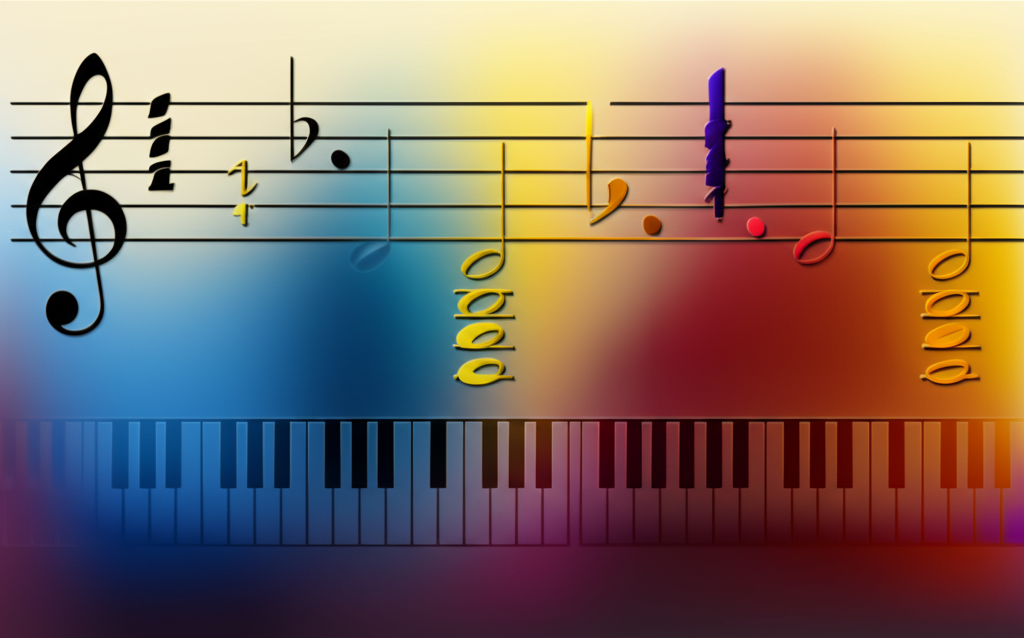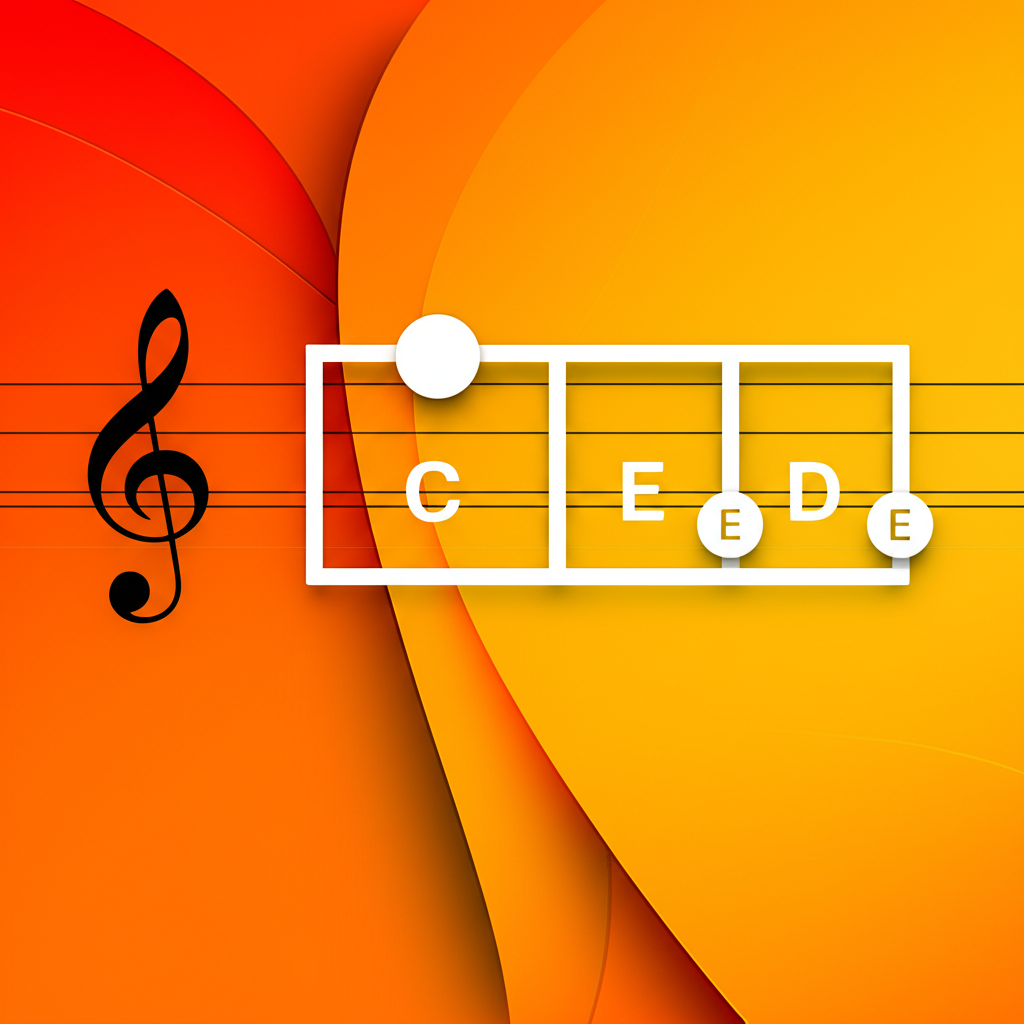
Major Third Interval

b4n1
June 4, 2025, 2:21 p.m.
Understanding the Major Third Interval
The major third is one of the most important intervals in Western music theory. It consists of four semitones (half steps) and is the defining interval that gives major chords their bright, happy character.
Characteristics of the Major Third
A major third interval has the following properties:
- Distance: 4 semitones (2 whole steps)
- Quality: Major
- Sound: Consonant and bright
- Function: Defines major chord quality
Examples of Major Thirds
Common examples of major third intervals include:
- C to E
- F to A
- G to B
- D to F#
Musical Context and Usage
Major thirds are essential in:
- Chord construction: The foundation of major triads
- Scale relationships: From root to third in major scales
- Melody writing: Creating uplifting melodic leaps
- Harmonic color: Providing brightness to progressions
Recognition and Training
To develop your ear for major thirds:
- Practice singing "Oh When the Saints" (first interval)
- Listen to major chord arpeggios
- Compare with minor thirds to hear the difference
- Play major scales and focus on the 1-3 relationship
Relationship to Other Intervals
The major third is closely related to:
- Minor third: One semitone smaller
- Major tenth: Compound version (octave + major third)
- Minor sixth: Inversion of the major third
- Perfect fifth: Major third + minor third
Harmonic Series and Natural Occurrence
The major third appears naturally in the harmonic series as the ratio 5:4, making it one of the most consonant intervals after the octave and perfect fifth. This natural occurrence explains why major chords sound so stable and pleasing to the ear.
Understanding the major third is essential for chord recognition, harmony analysis, and developing a strong foundation in tonal music theory.

